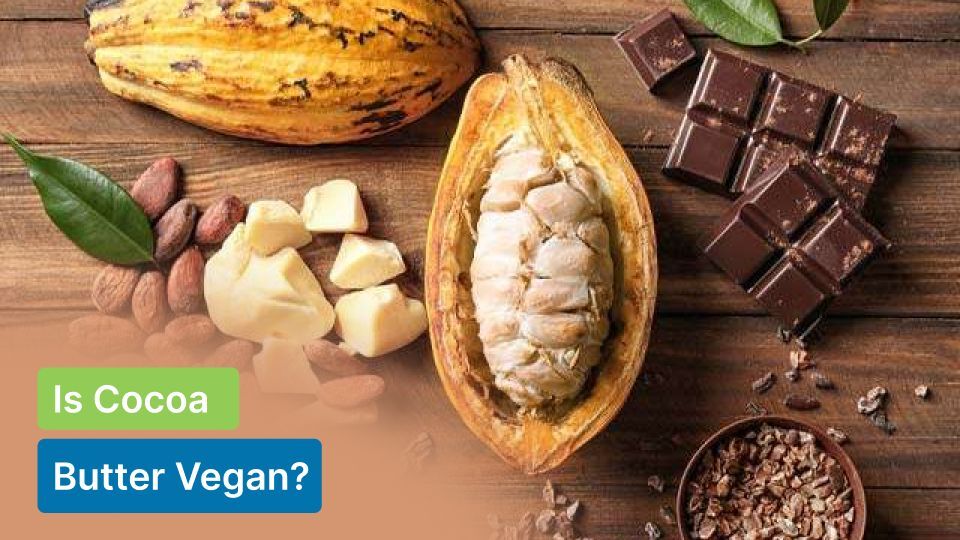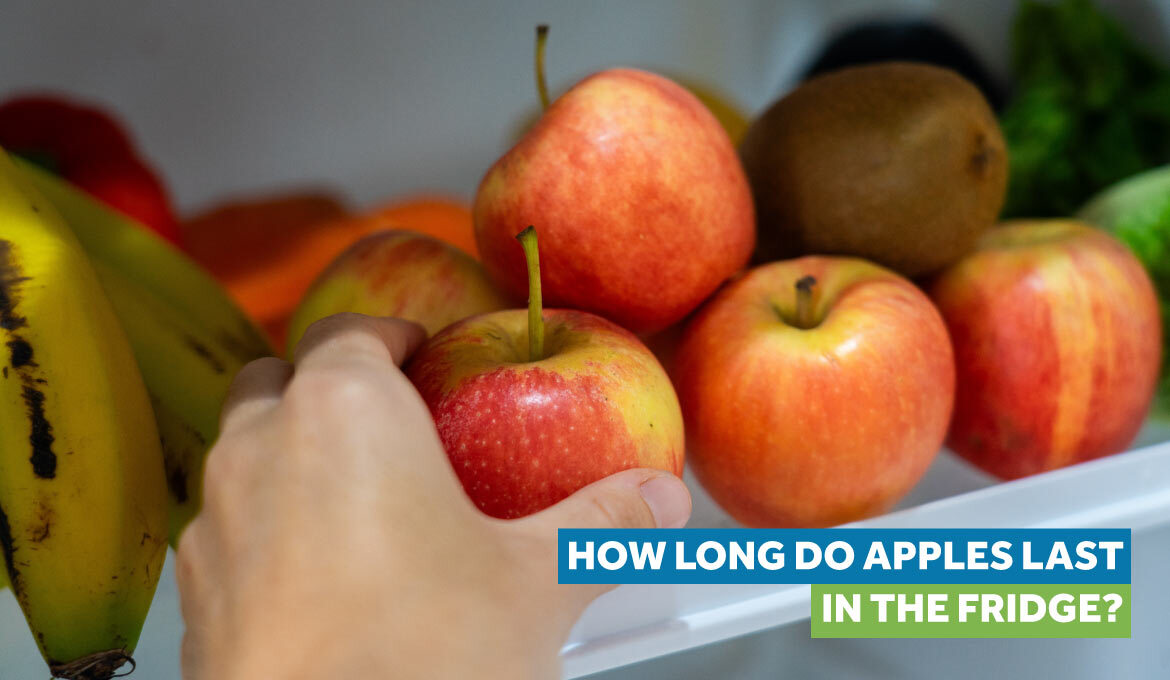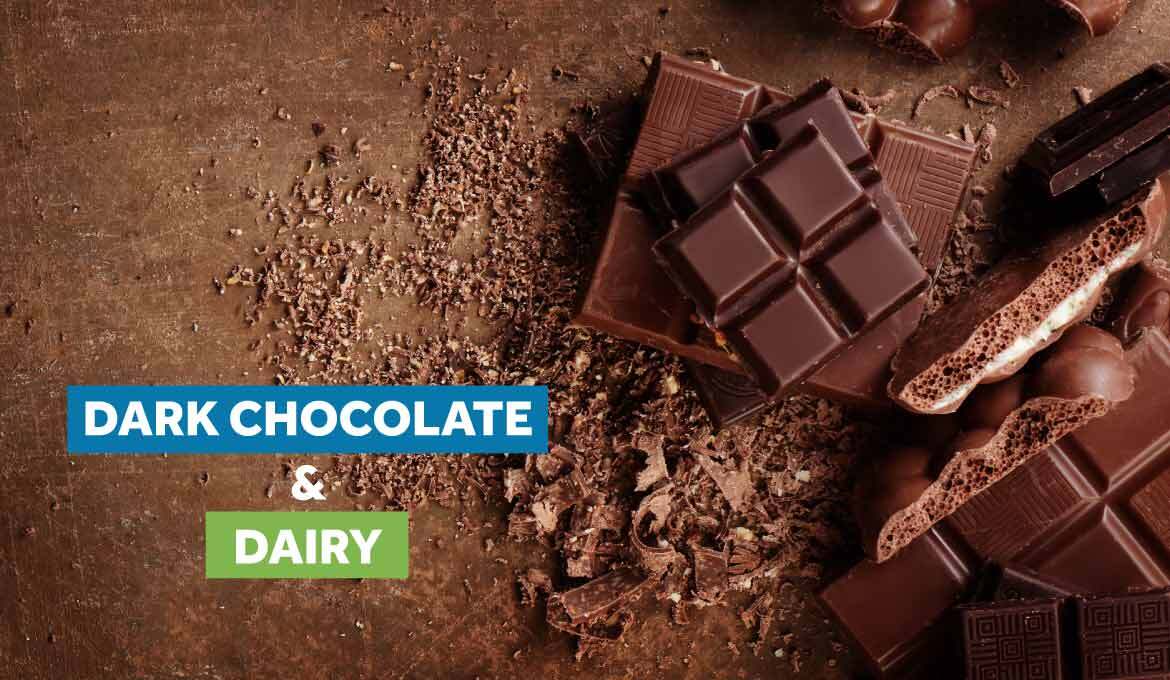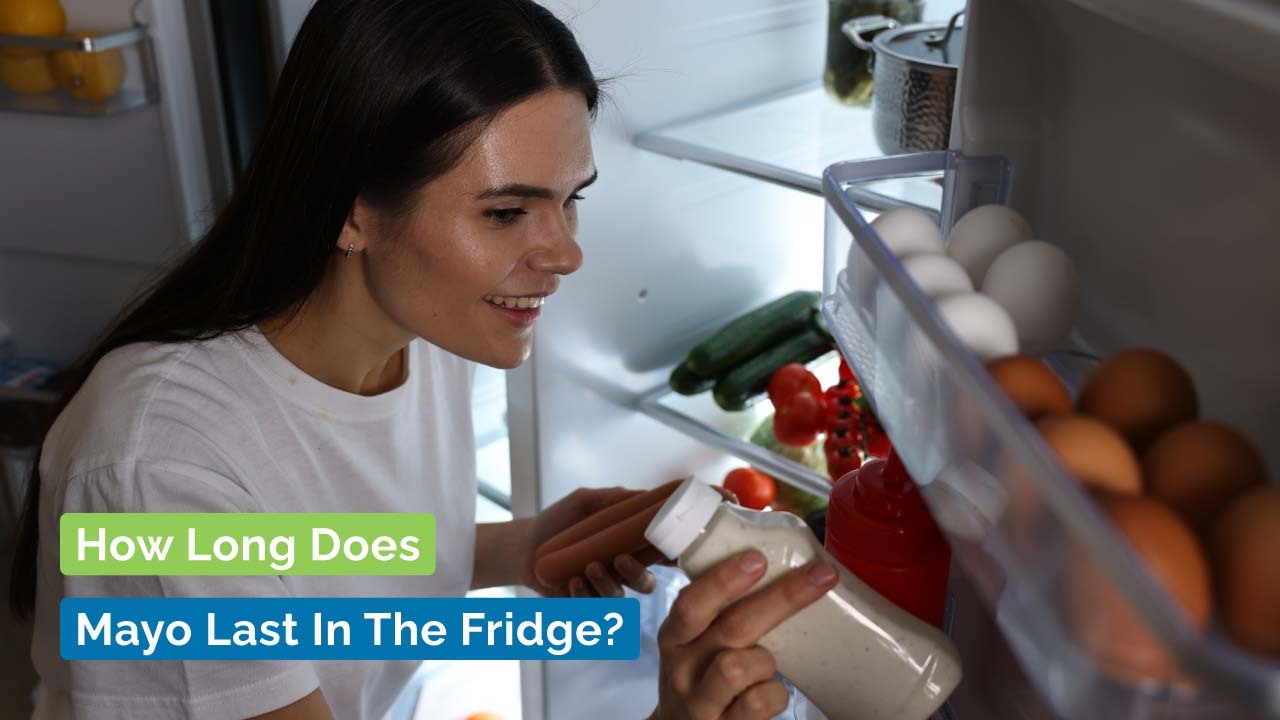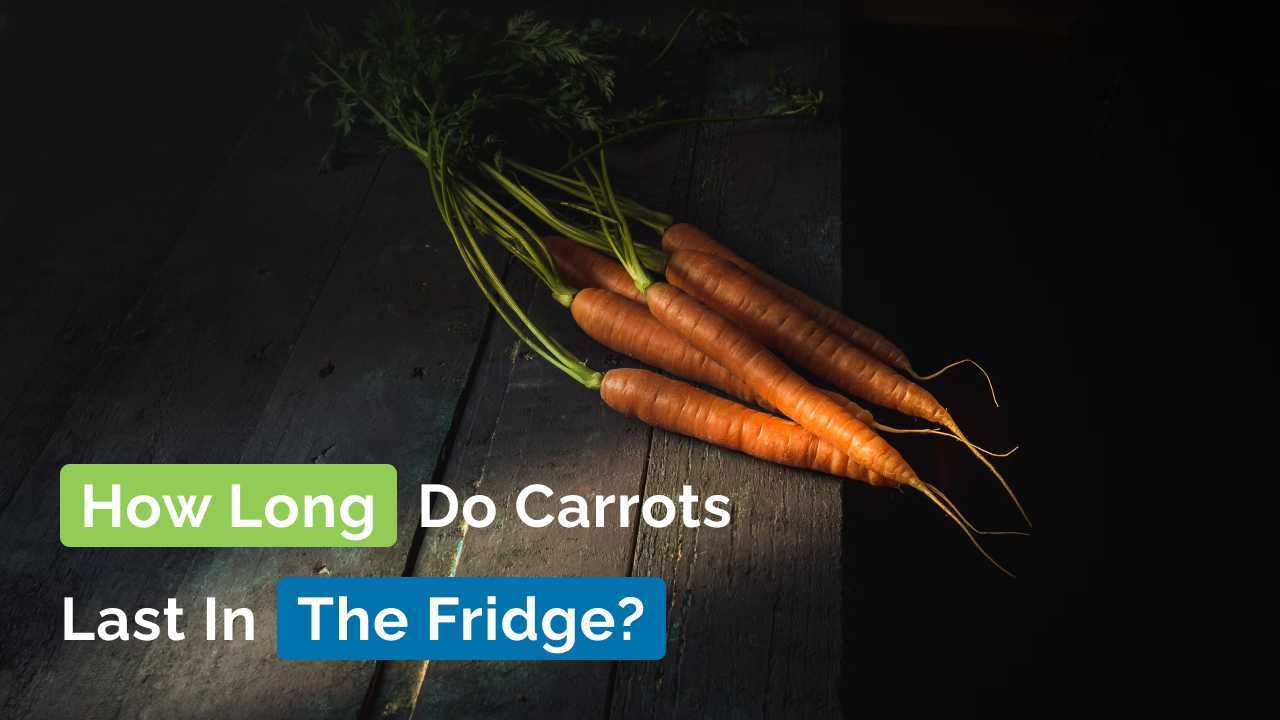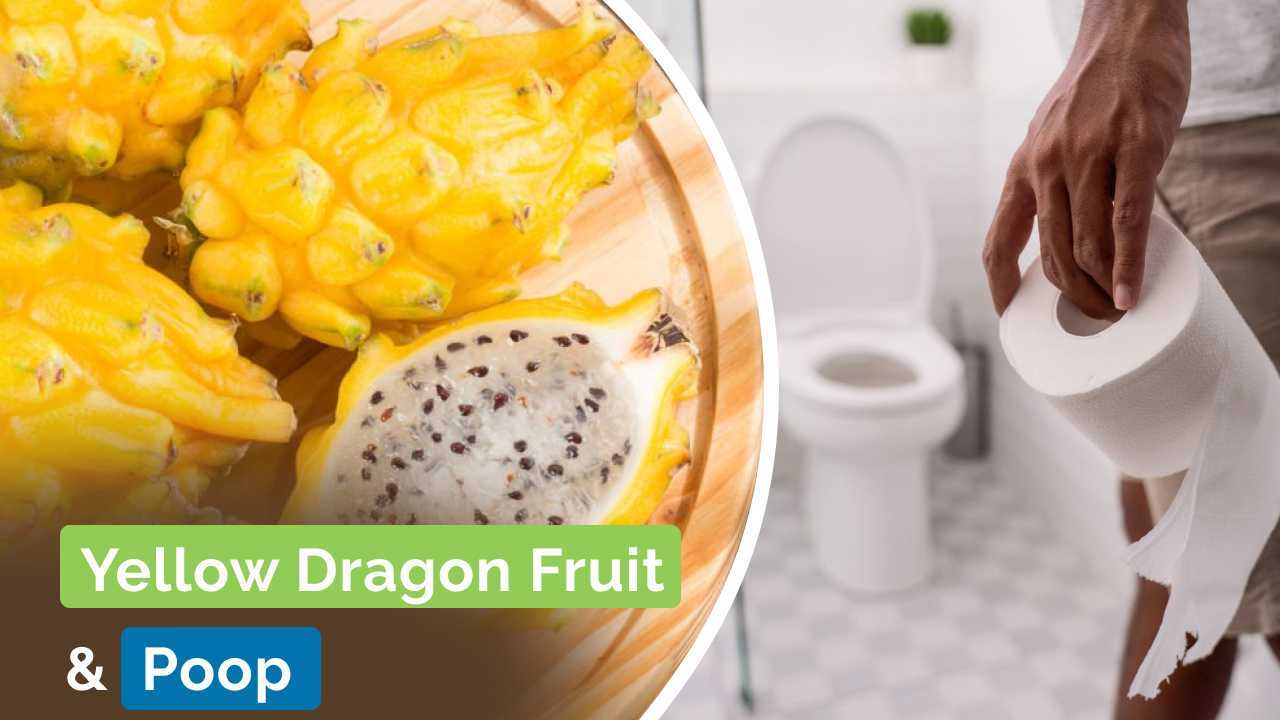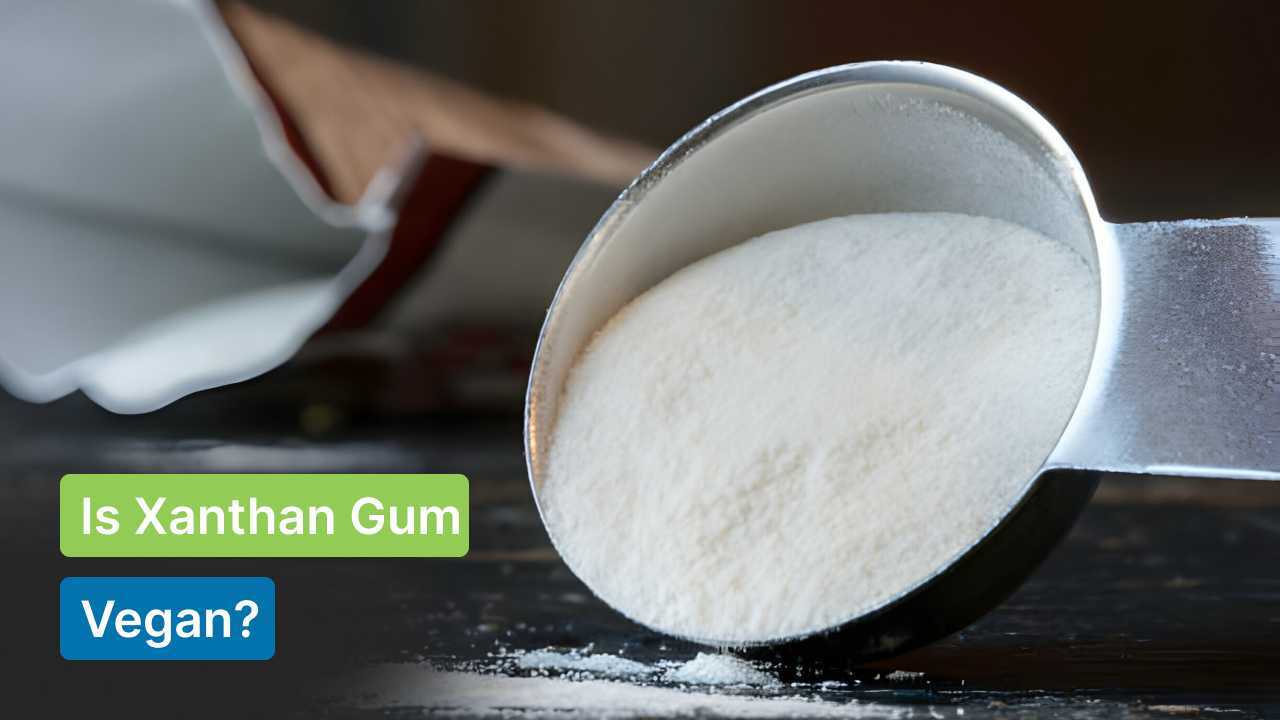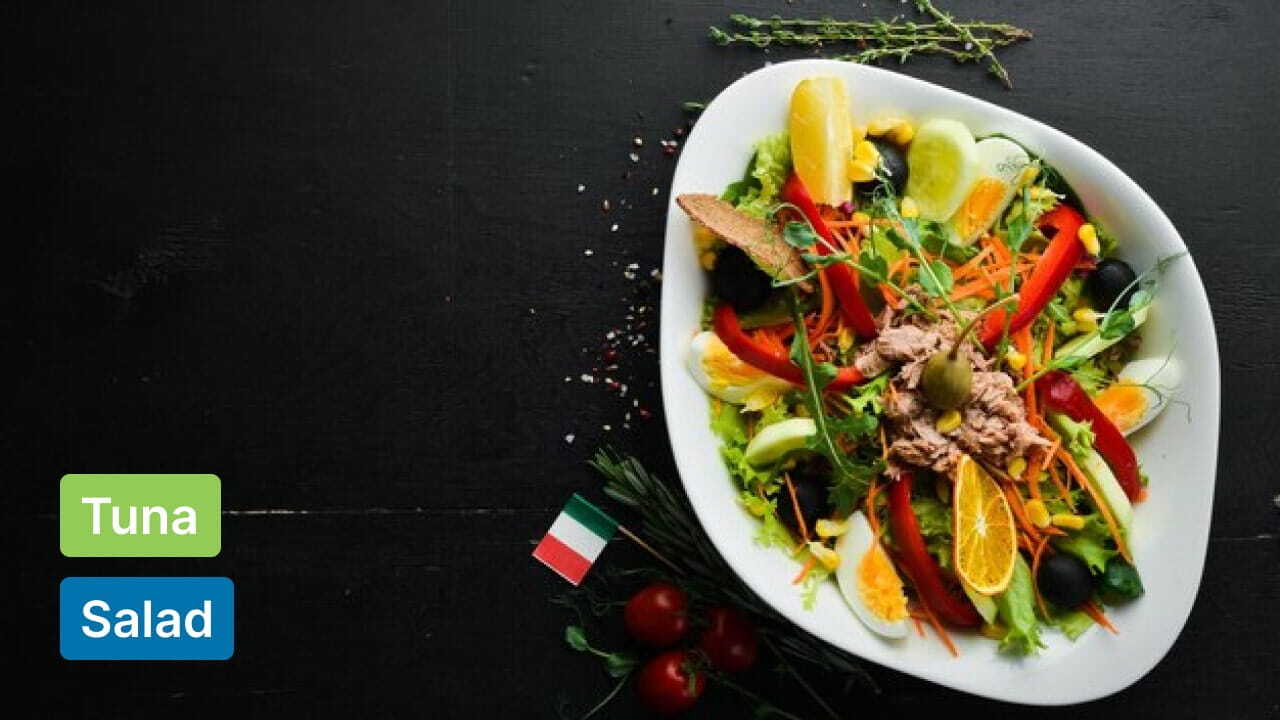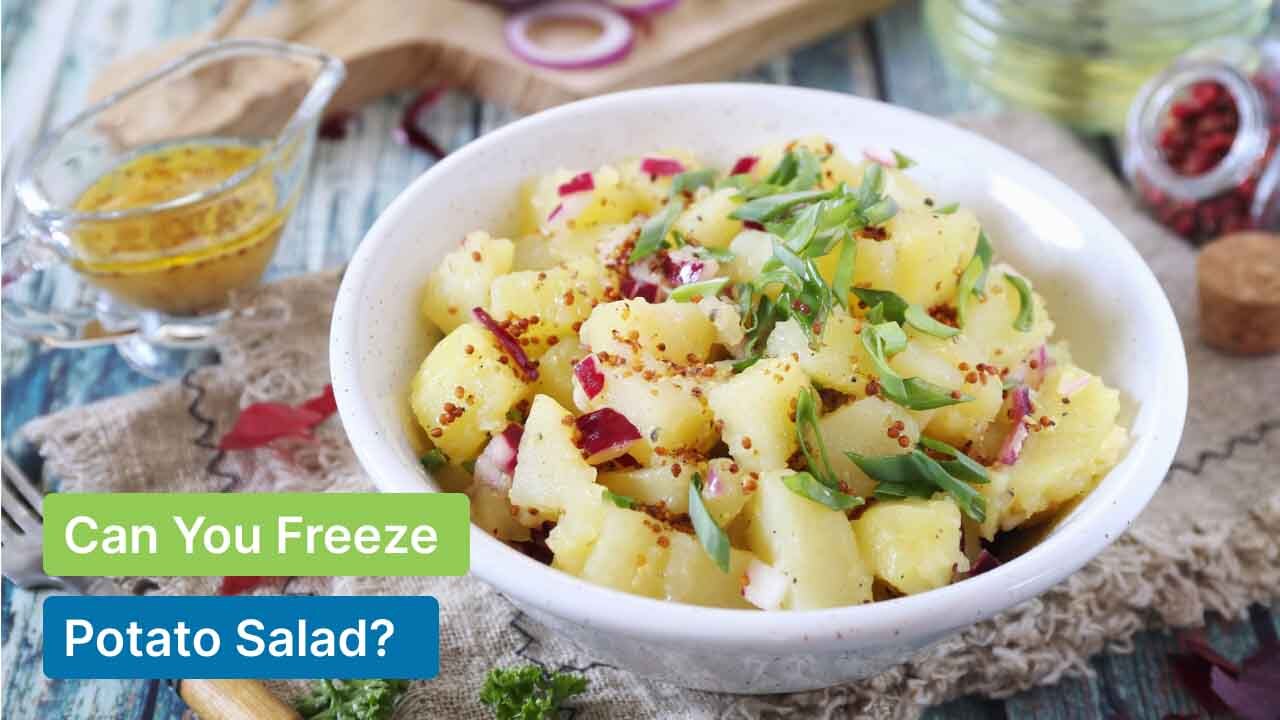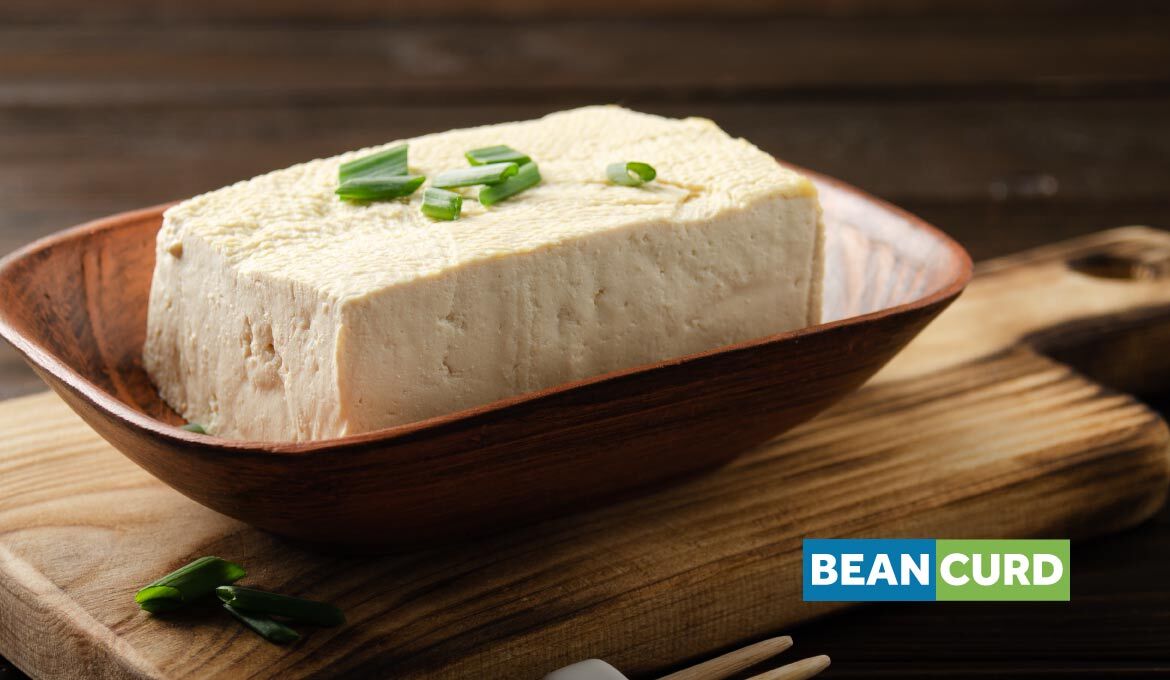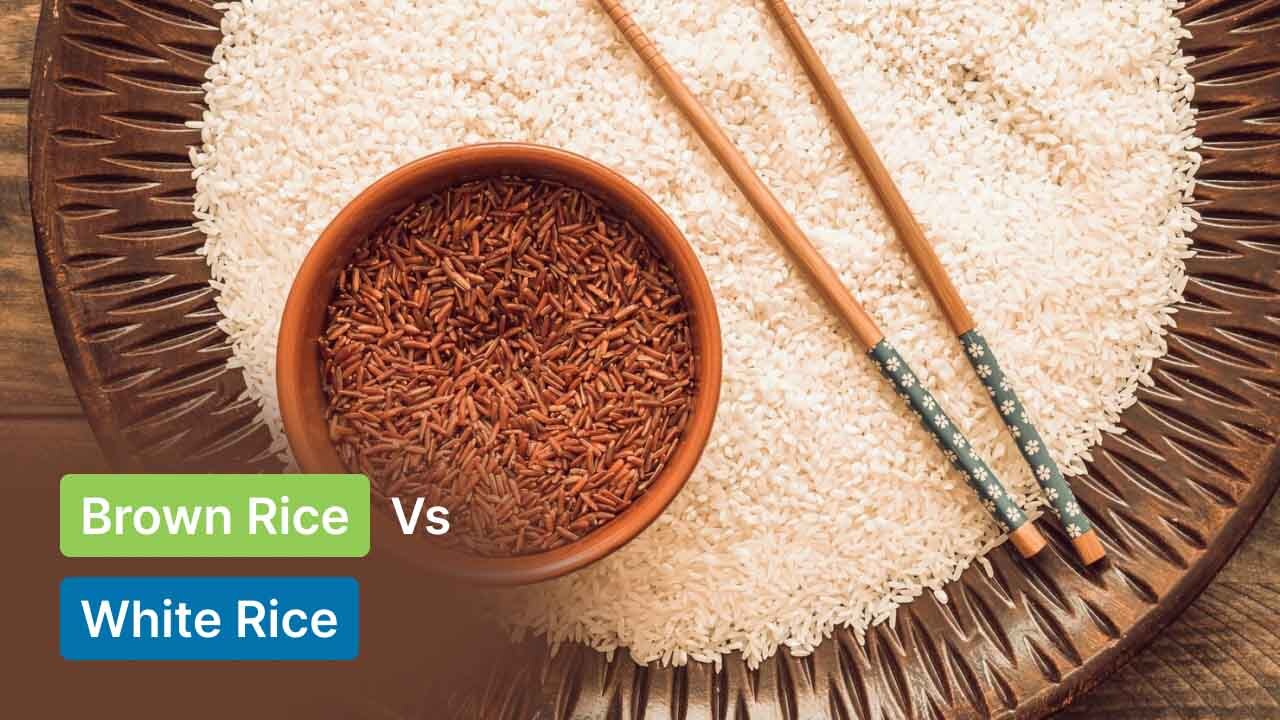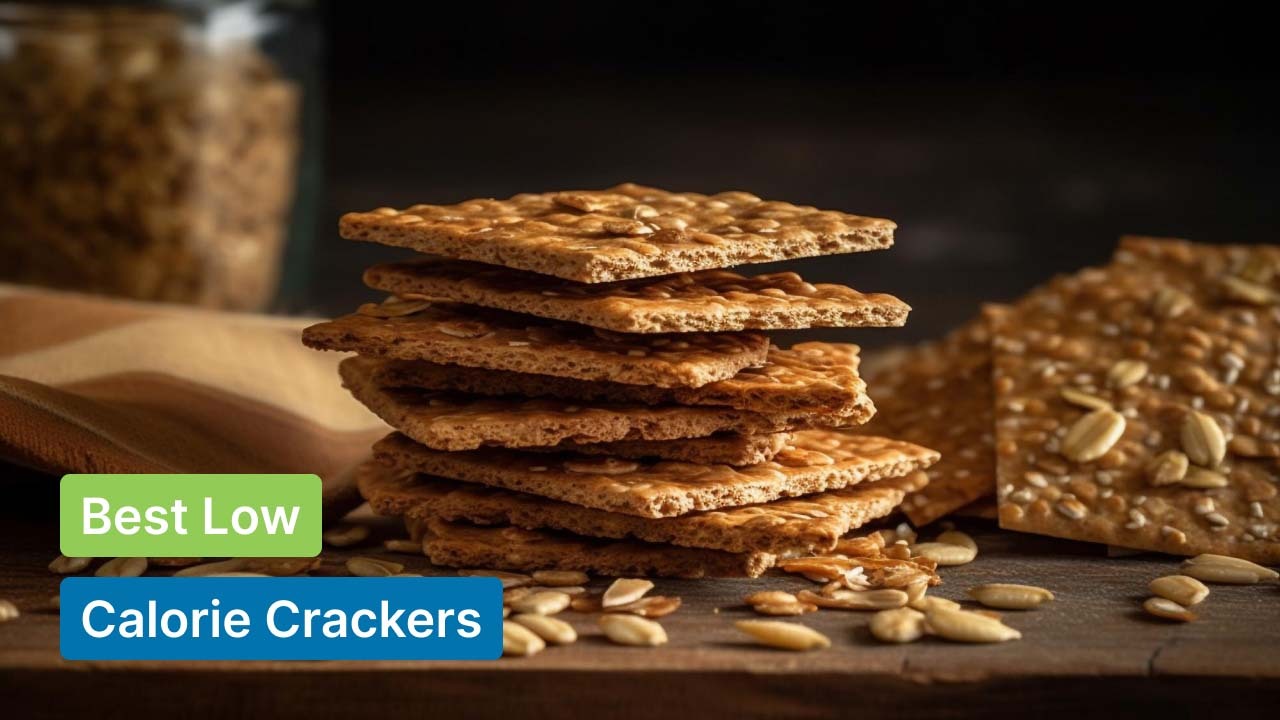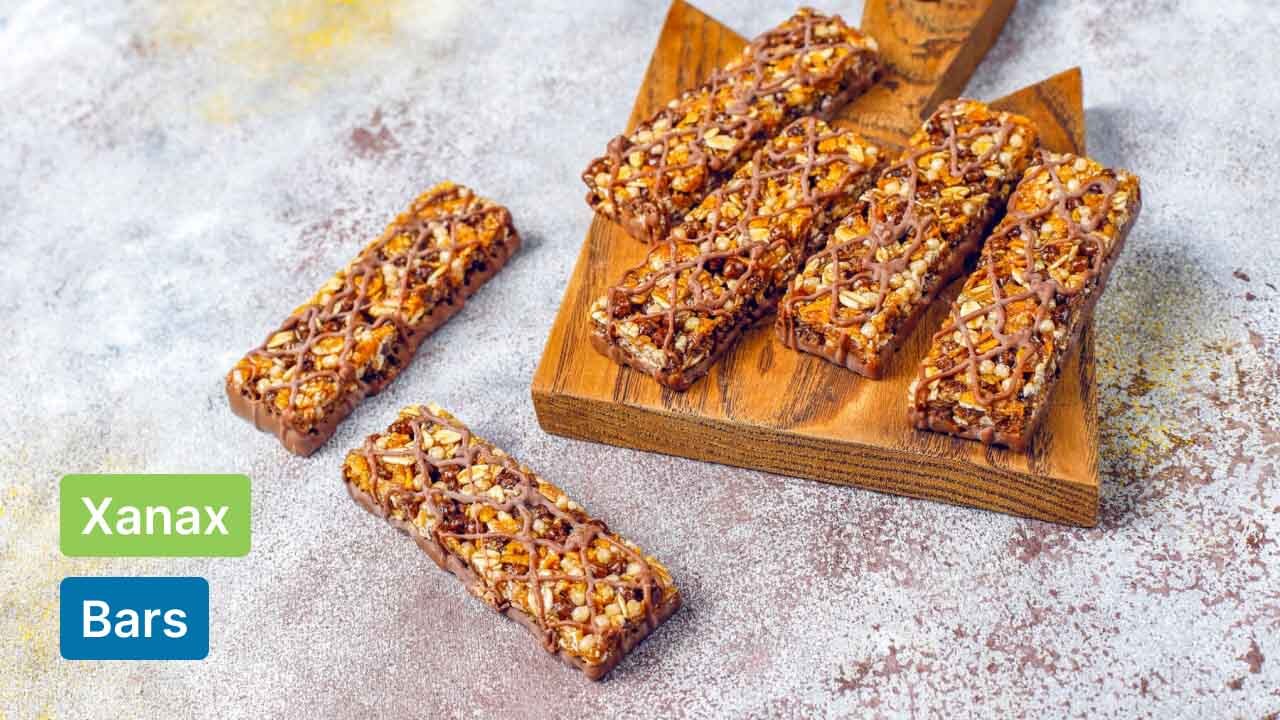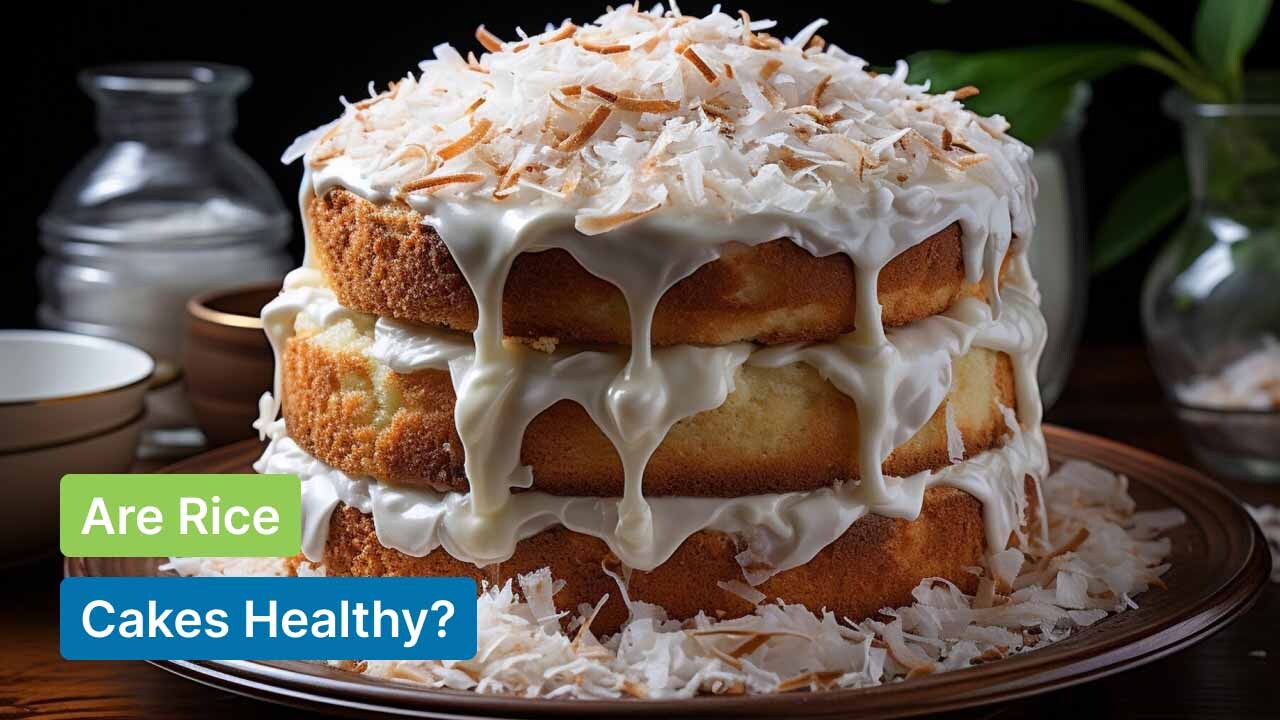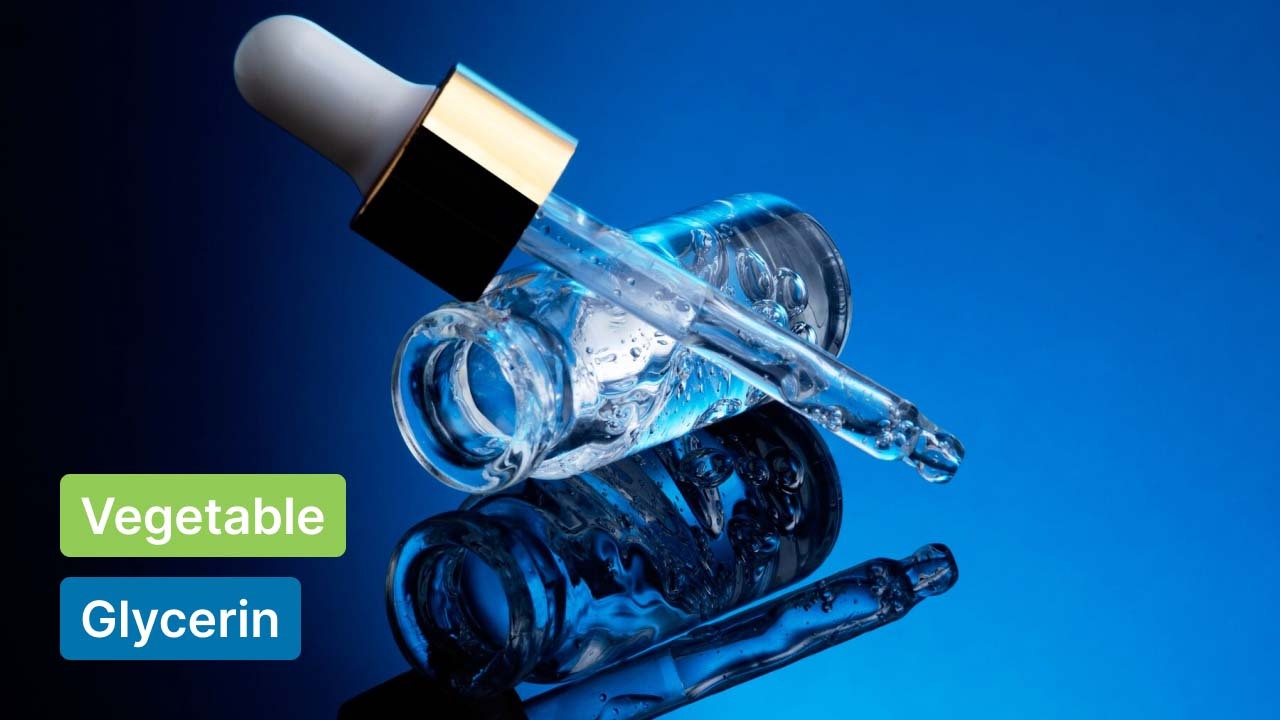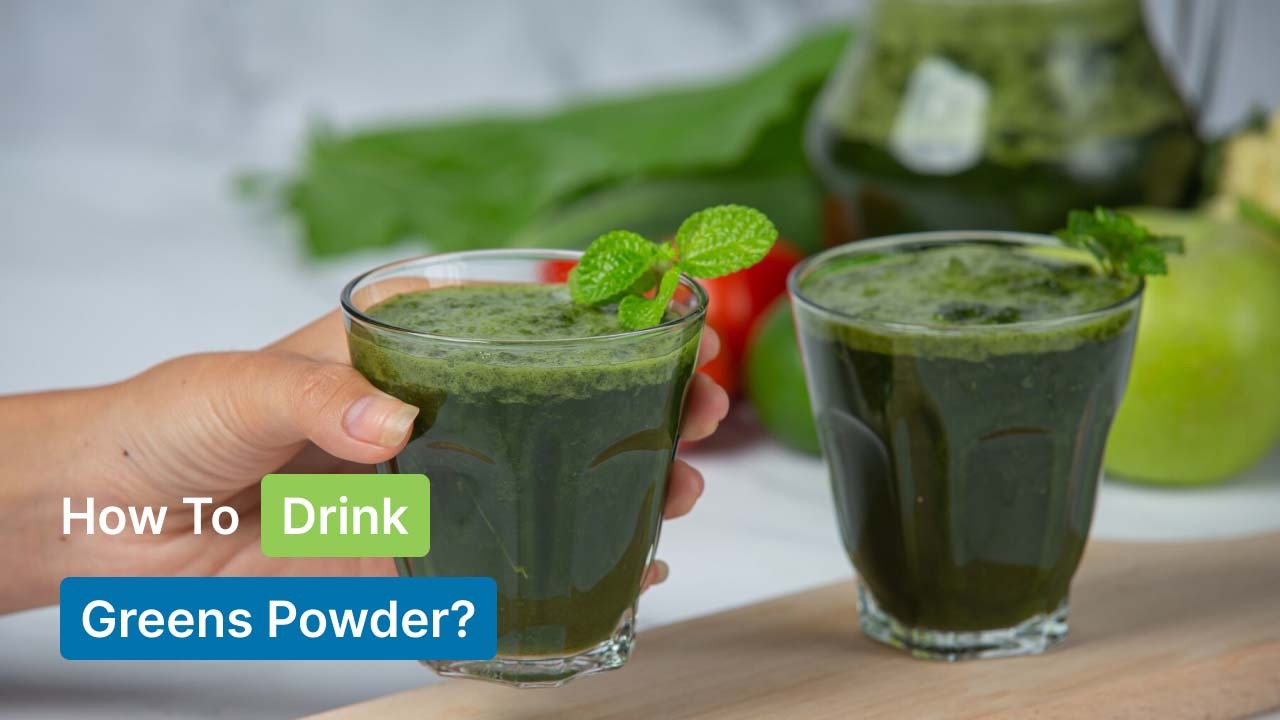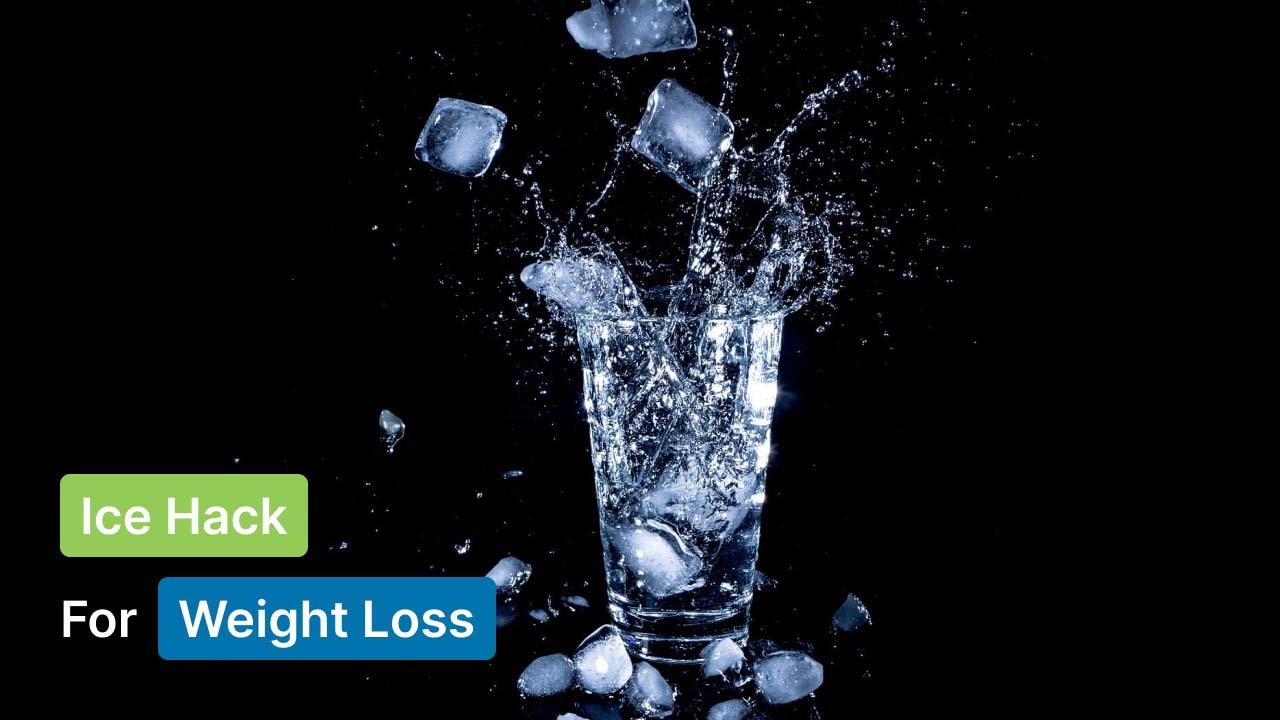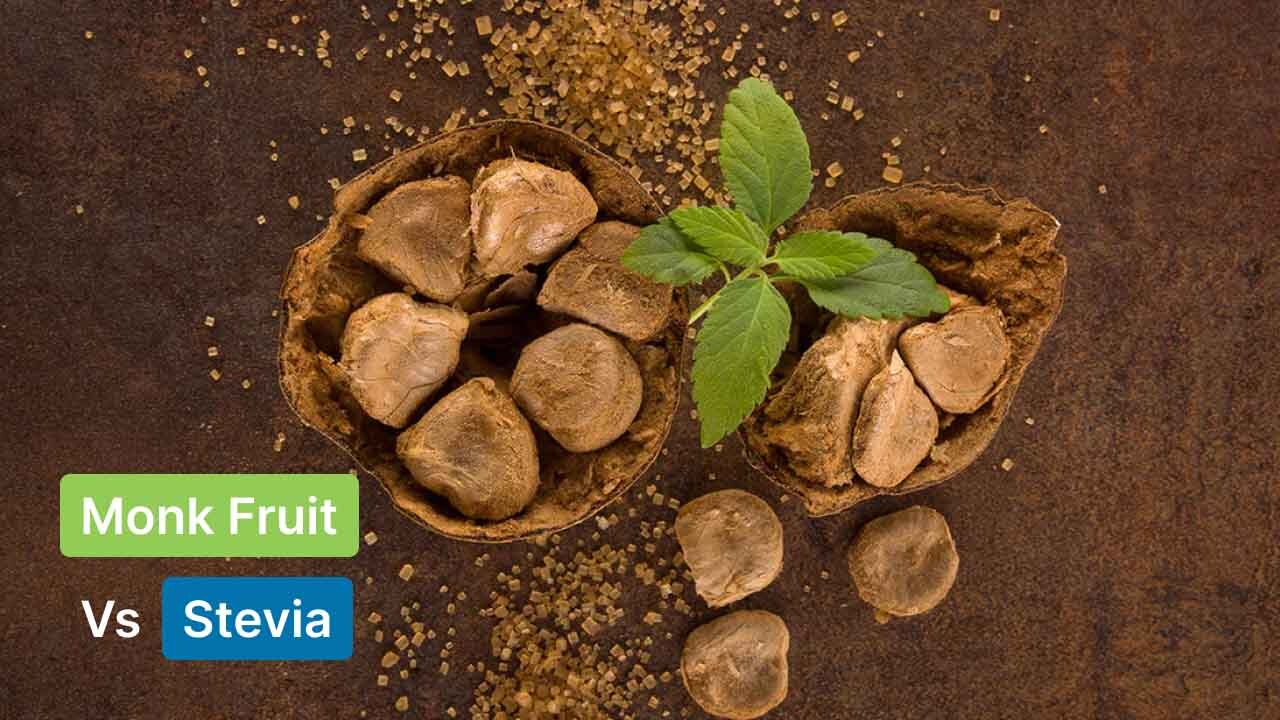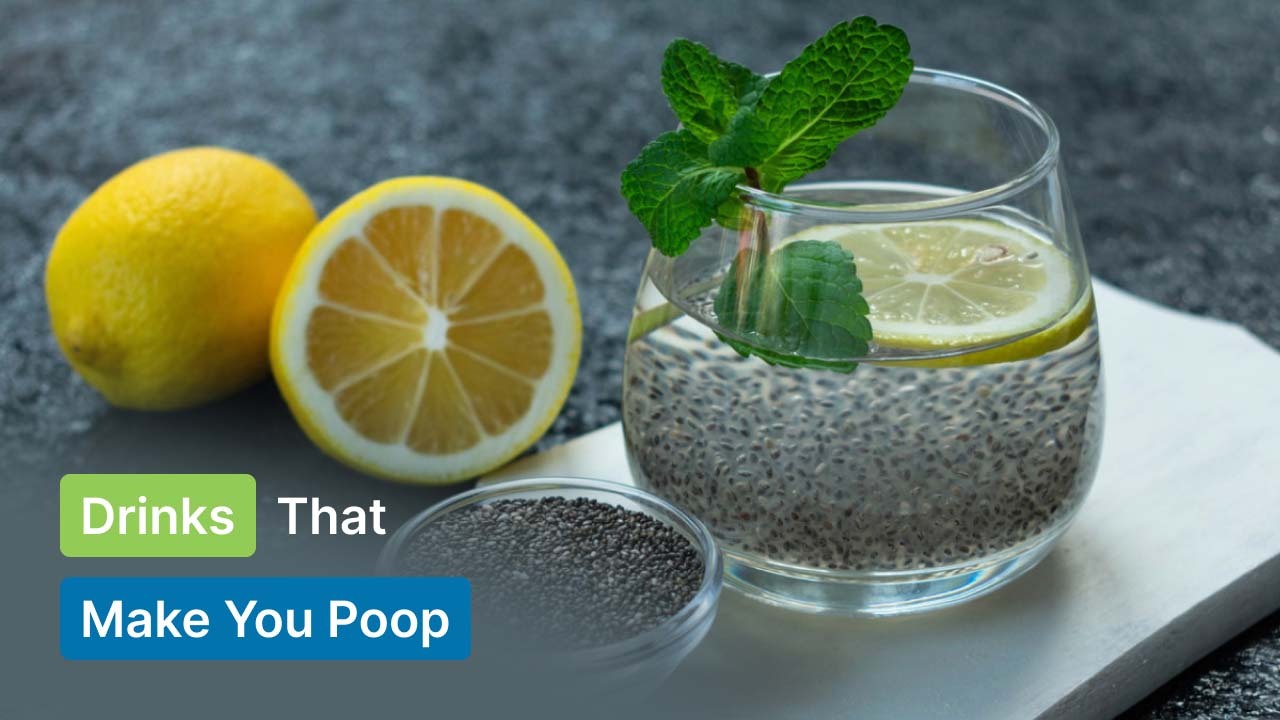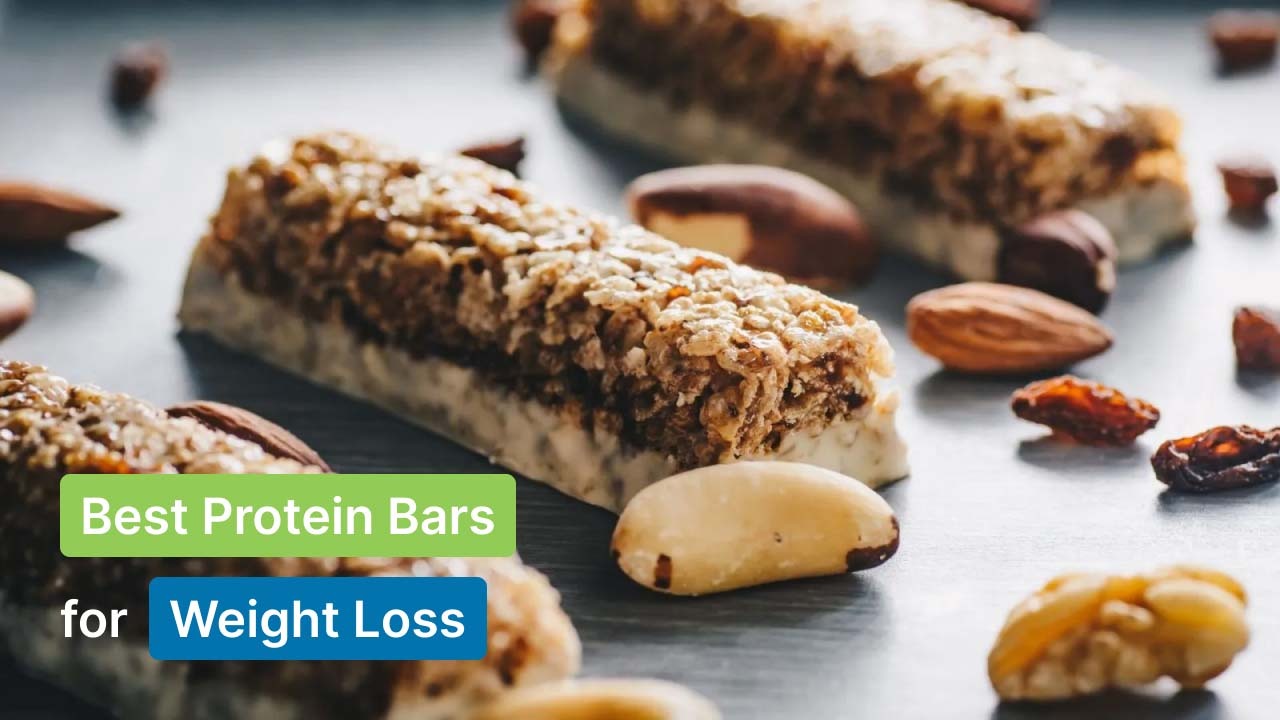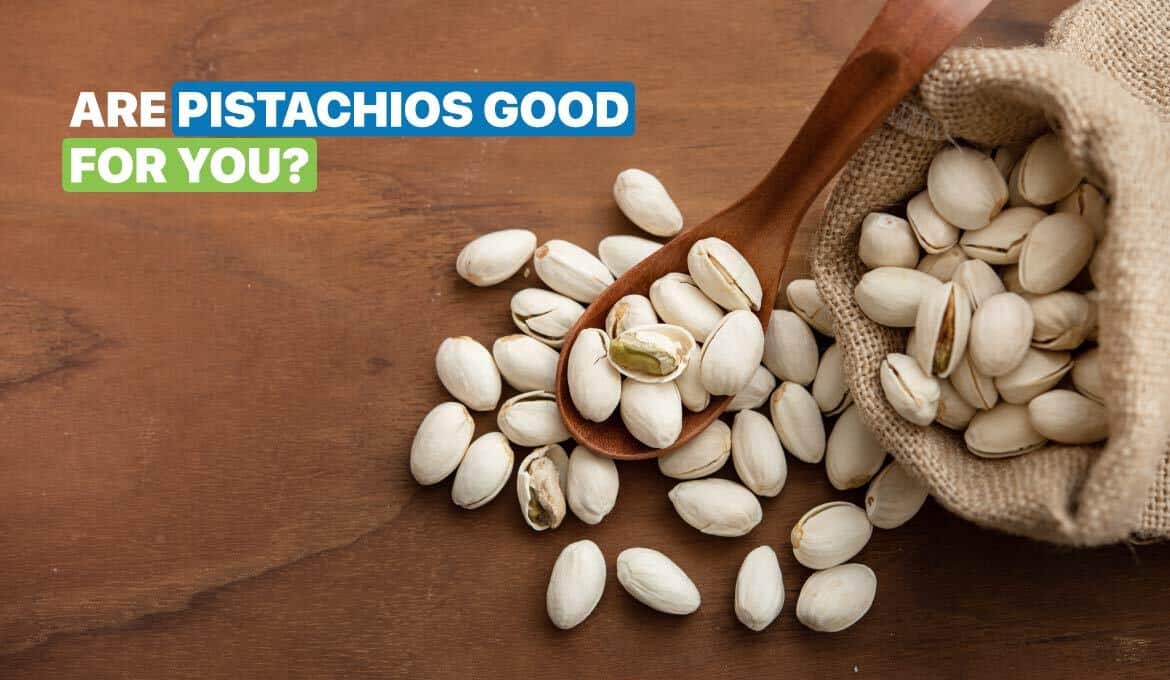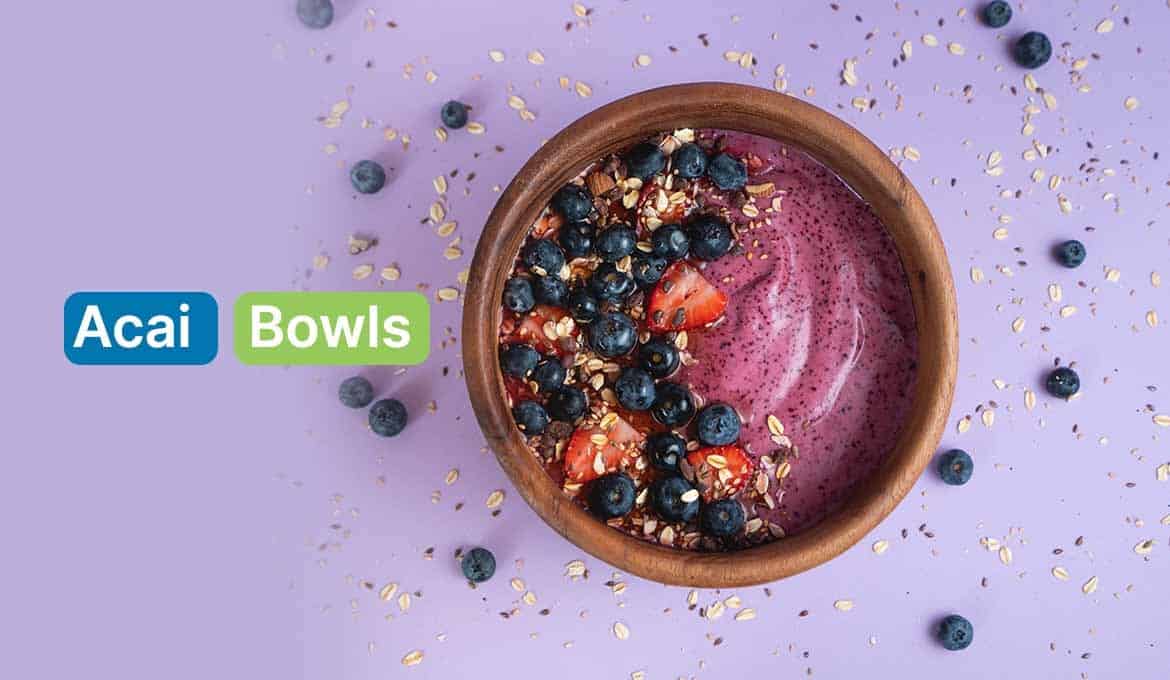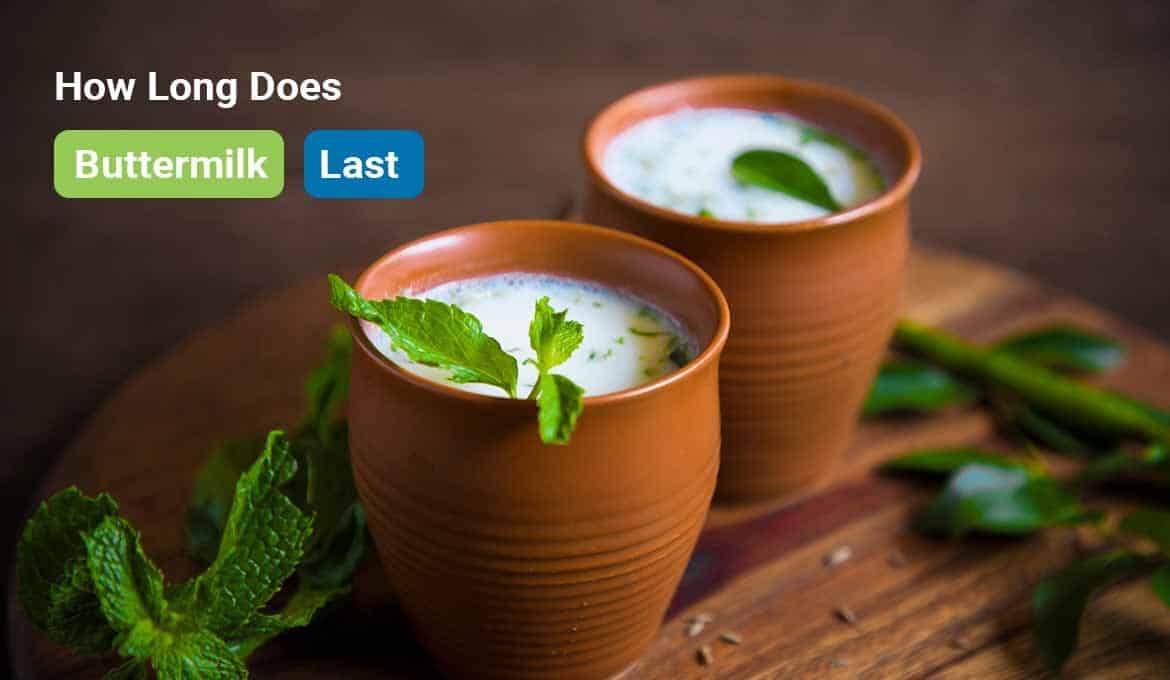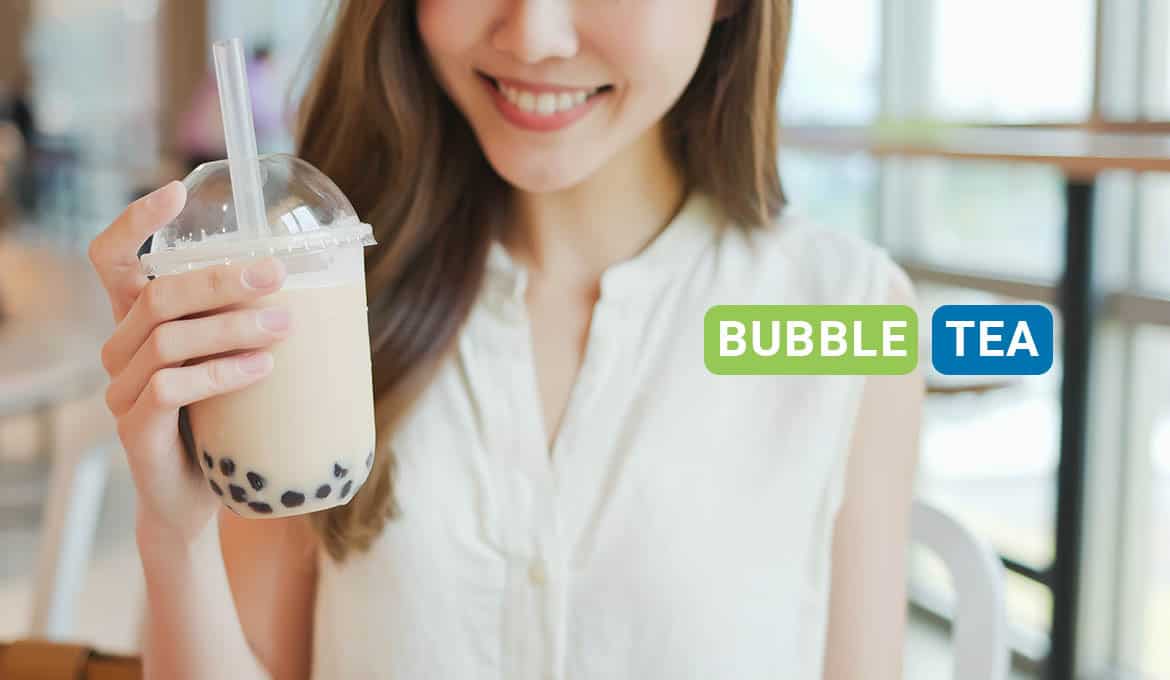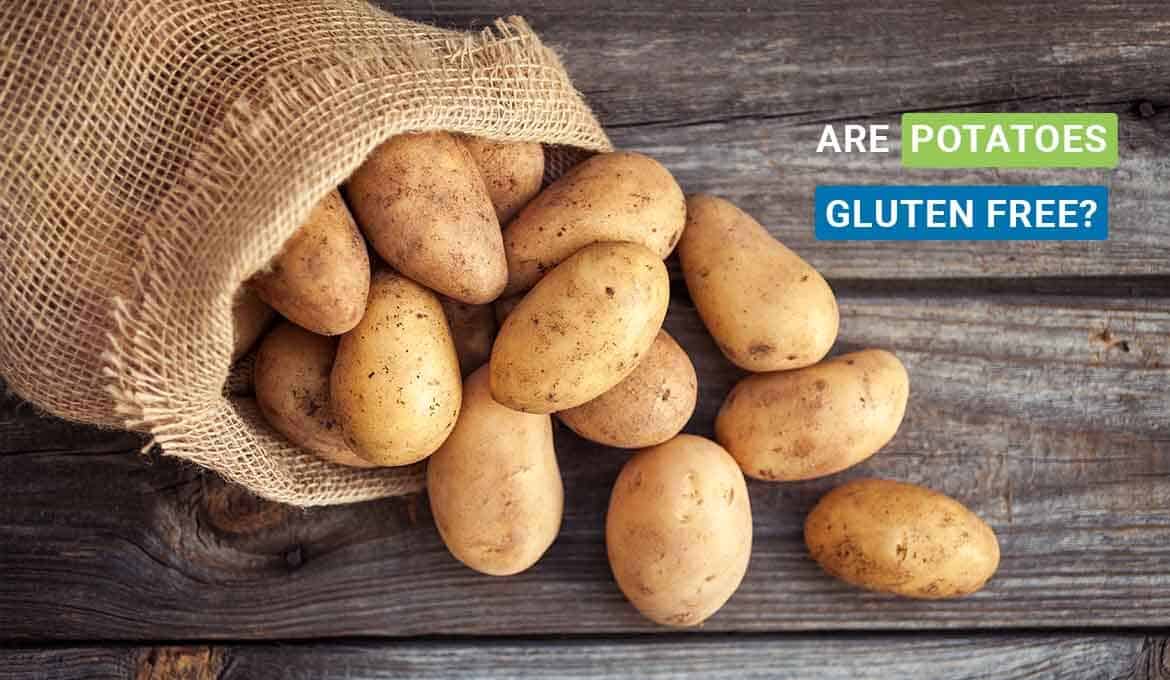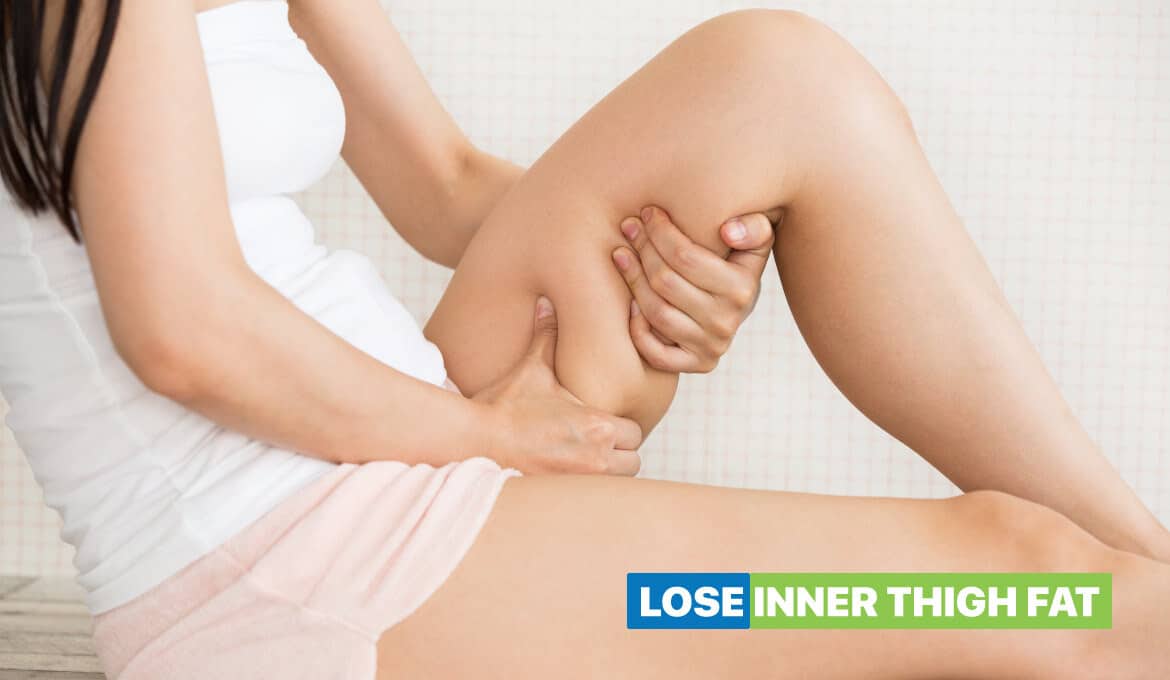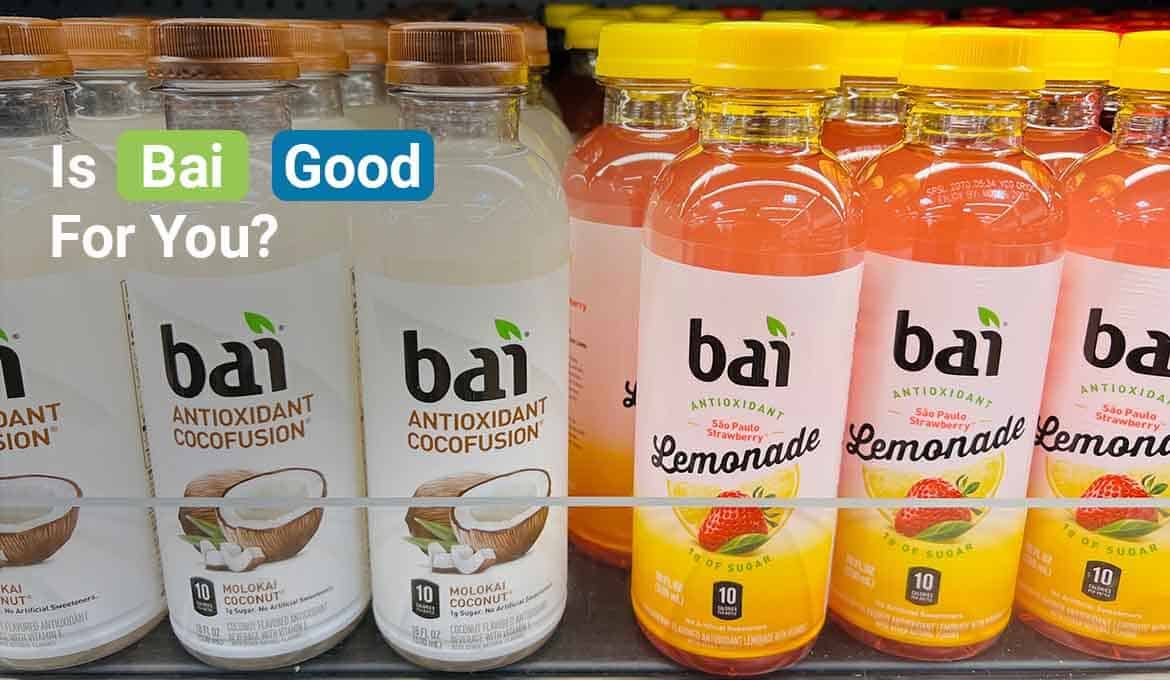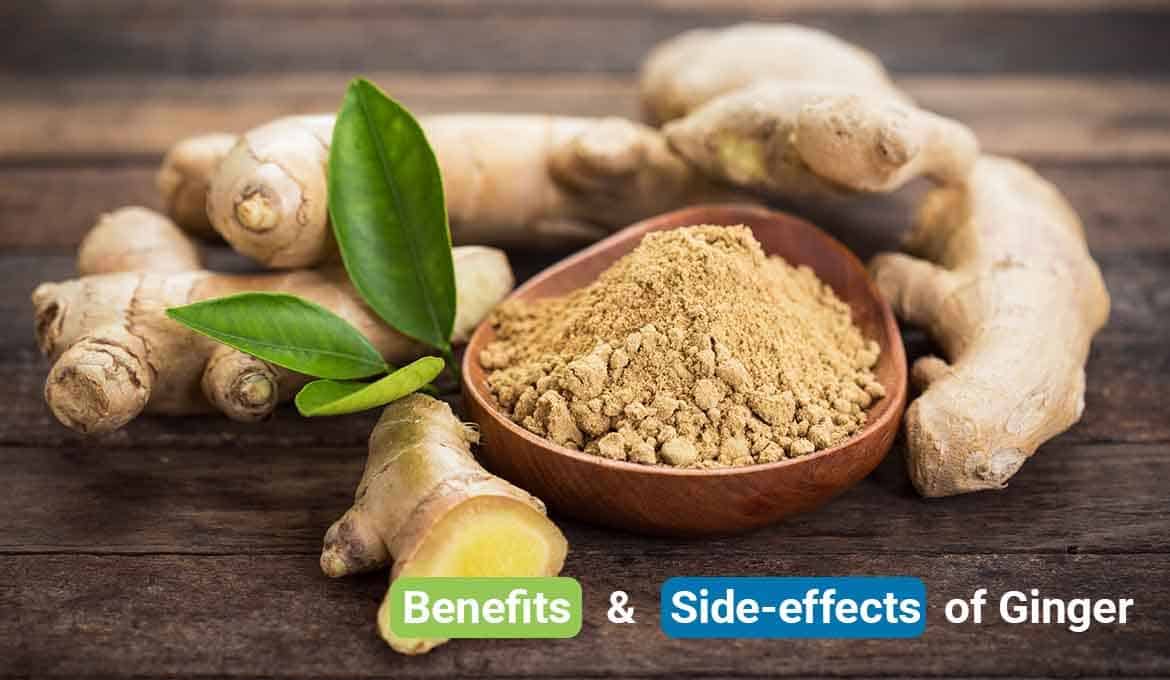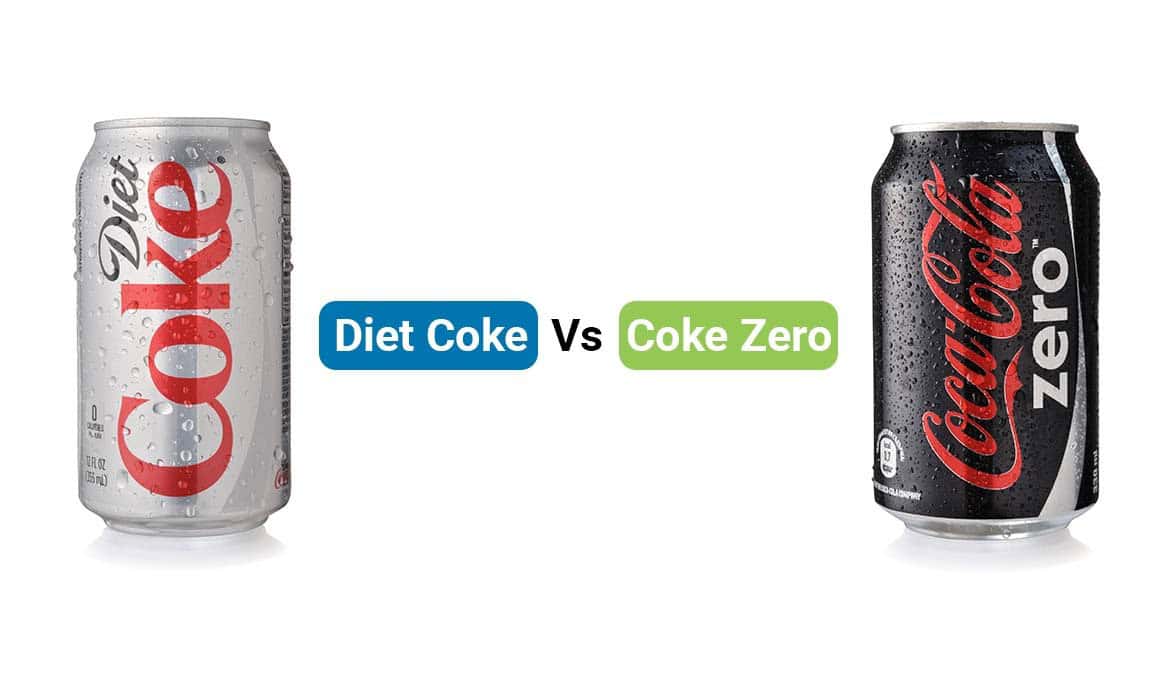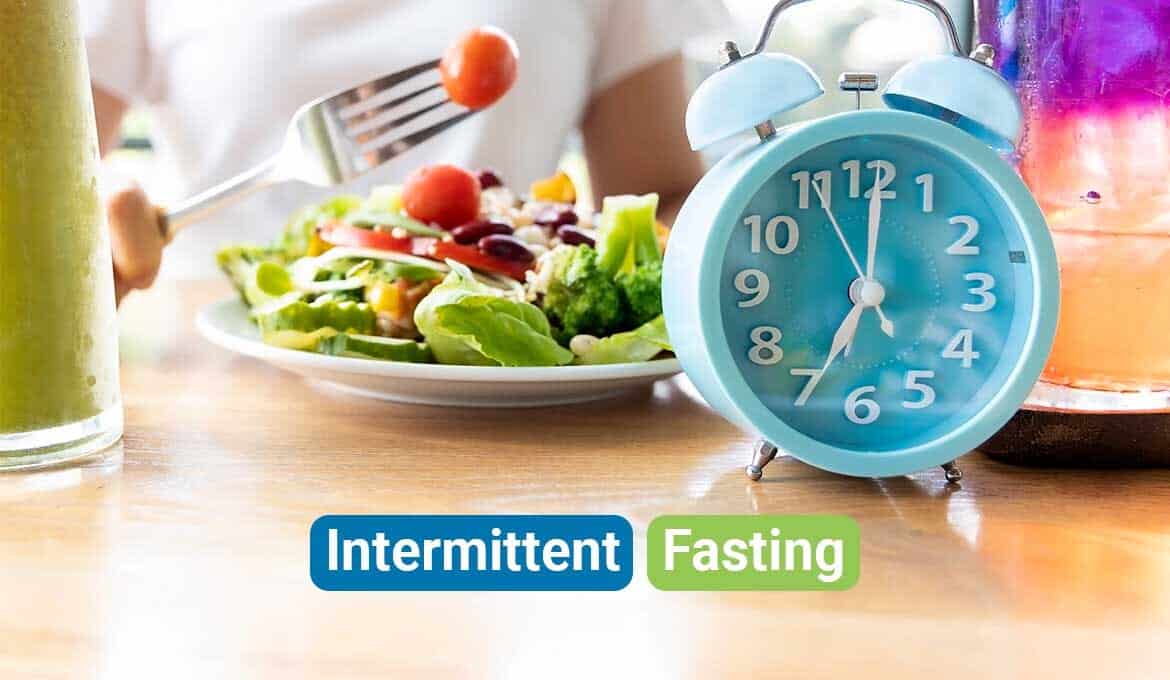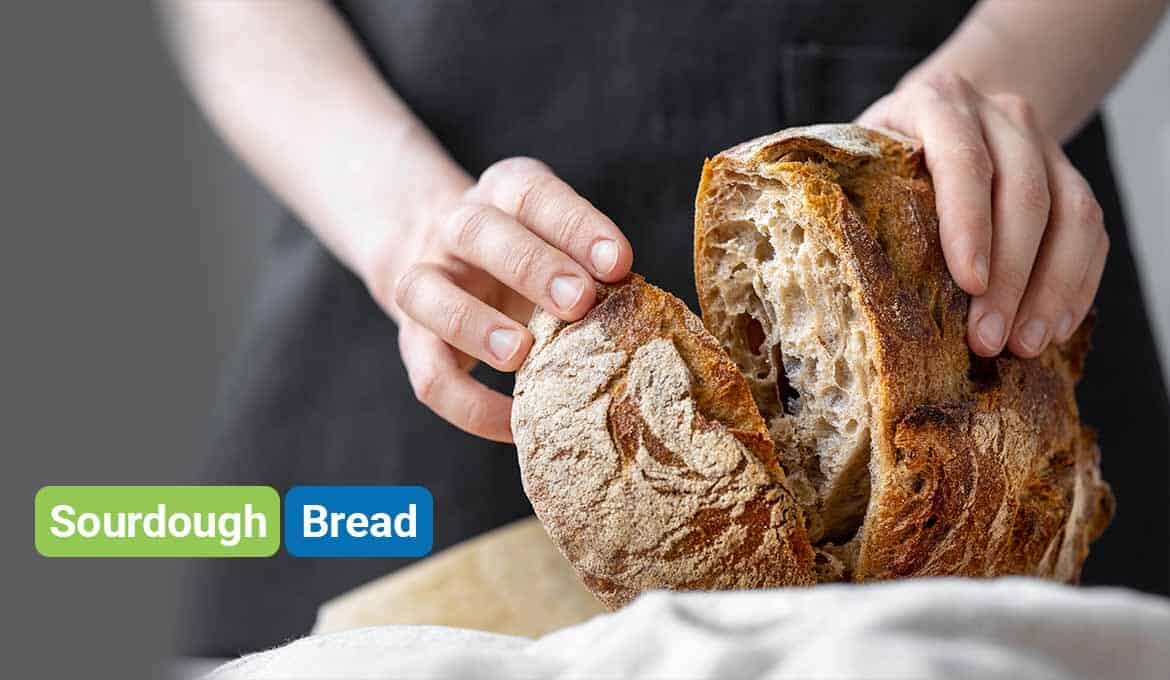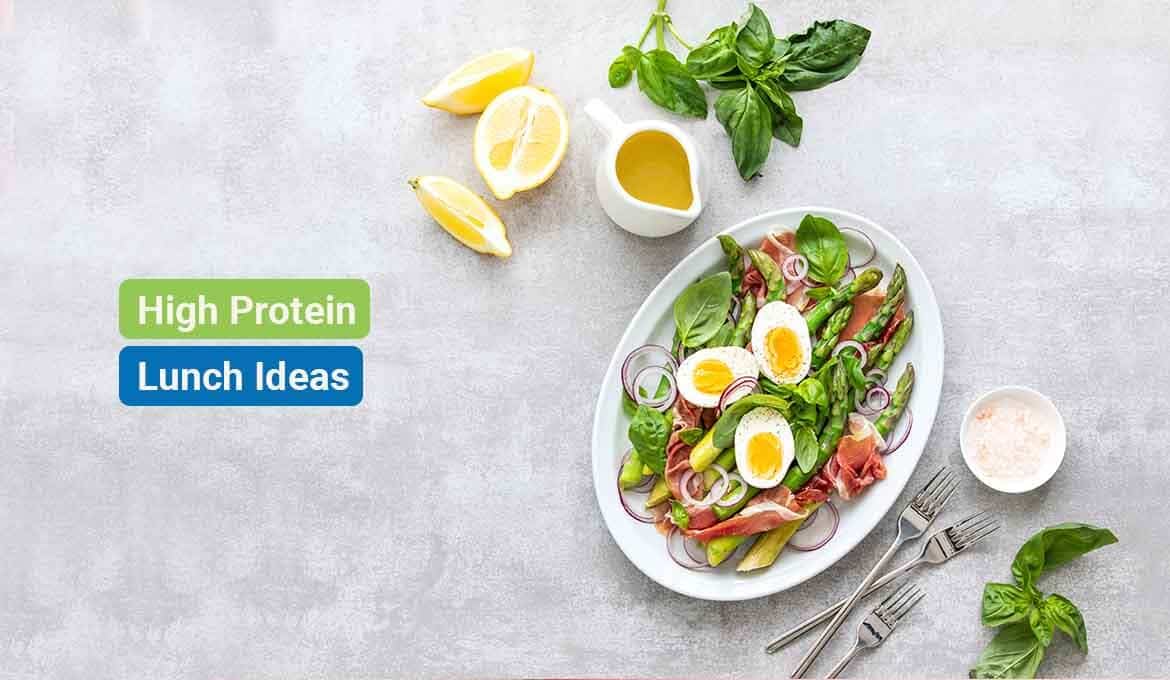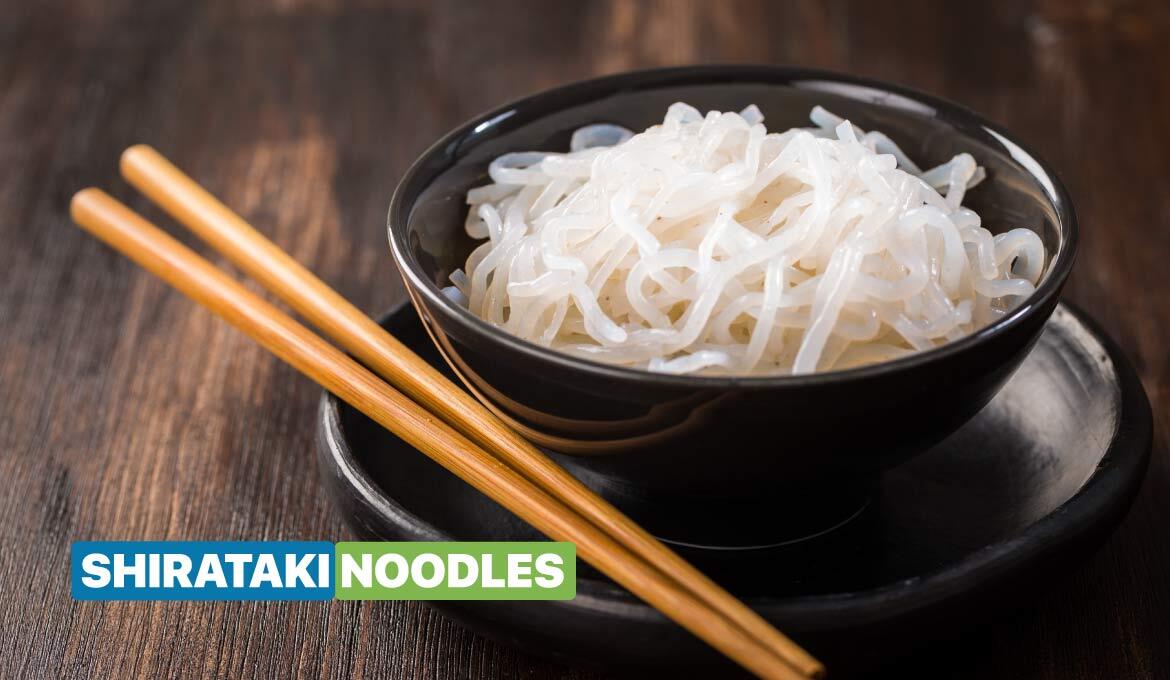
You might have seen Shirataki noodles, mostly on the menu of Japanese restaurants. Also called miracle noodles, these low-calorie noodles have become overhyped due to their nutritional value and versatility.
They are a common staple food in Japanese cuisine and all over Asia. They are pretty much the perfect food for people who may have food allergies or are on special diets.
Made from vegetable fiber, they have a lot to offer as they are gluten-free, keto-friendly, vegan, and have low nutrient content.
Moreover, it's ideal for lunch and dinner, and you can pair it with any proteins you like. But what are Shirataki noodles? Are they worth the hype? Are they a good fit for you?
Here's a detailed look at what you should know about Shirataki noodles, including their impressive health benefits and cooking instructions. Read on!
What are Shirataki Noodles?
Shirataki noodles, also known as Konjac noodles, are made from 97% water and 3% fiber from the Konjac plants, which is a type of yam. Yes, instead of being made from typical wheat or rice flour, these noodles are actually made from starchy roots of the konjac plants.
This plant is native to Southeast Asia and China. The plant itself goes by various names, including Konjac yam, elephant yam, snake plant, devil's tongue, konnyaku, and many more names.
Here's a fun fact: The word Shirataki in Japan translates to “White waterfall,” which describes the appearance of the noodles – smooth and translucent! They are low in carbs and calories.
Hence, it's ideal for those who have diabetes, gluten sensitivity or are maintaining their weight. This guilt-free noodle has also been verified by non-GMO projects.
How are Shirataki Noodles made?
First, the starchy roots of the Konjac plant are dug up and dried out. The dry Konjac is then processed to make a block called konnyaku and later refined into a powder or flour.
Next, they are mixed with regular water and a little bit of lime water to hold the shape. Afterward, the dough-like mixture is boiled and sliced into noodle-like shapes.
Some manufacturers also add calcium hydroxide as a coagulation agent. But the worst part is that it's responsible for the lingering funky smell of the noodles.
Shirataki Noodles Nutrition Facts
The nutritional content of shirataki noodles is what makes them unique from other types of noodles. As we said, they mostly water with some fiber. This means they have relatively little nutritional value – for better or worse.
As mentioned in the US Department of Agriculture, a one-ounce serving, i.e., 224 grams of Shirataki noodles, contains the following:
| Nutrition | Content |
| Protein | 0 g |
| Calories | 20 g |
| Carbohydrates | 6 g |
| Energy | 20 kcal |
| Fats | 0 g |
| Calcium | 40 mg |
| Fiber | 6 g |
| Sugar | 0 g |
| Cholesterol | 0 g |
However, note that these nutritional values may vary depending on the manufacturers.
So, is Shirataki Noodle Really Healthy?
Considering the above nutritional facts, do you think they are healthy?
Some people claim Shirataki noodles are healthy because they contain no nutritional content. The carbohydrates present in the noodles are water-soluble fiber, which isn't digestible. This means it doesn't contribute to your daily net carb count.
Moreover, they are:
- Keto-friendly
- Gluten-free
- 100% vegan
- Exceptionally low in calories
The most common health benefit of shirataki noodles is that they can be used as a food substitute. Interestingly, glucomannan powder can be used as a thickener in smoothies or instead of xanthan gum.
What’s more, if you are on a ketogenic diet, you may enjoy noodles as a substitute for high-carb food.
What are Shirataki Noodles Good For? – Health benefits
The first thing to keep in mind is that most of the benefits of Konjac noodles come from their soluble fiber, Glucomannan.
Let’s explore the common health benefits of Miracle noodles:
i) Aid in weight management:
Since shirataki noodles are low in carbs and calories, they are great for people who want to lose weight. In fact, there's scientific evidence that the glucomannan present in miracle noodles can help promote weight loss.
Further, a systematic analysis published in Obesity Medicine discovered a link between Glucomannan and weight loss in people with obese and overweight adults.
Another interesting point is that konjac glucomannan is a type of water-soluble fiber. That means it can help increase satiety (the feeling of being full) and, in turn, help in reducing weight.
ii) Helps in diabetes:
People with diabetes also benefit from shirataki noodles because they help stabilize blood sugar fluctuation. The presence of Glucomannan in low-calorie noodles slows digestion and regulates the release of glucose. This regulation can prevent possible spikes in blood glucose levels.
In one small study, eating konjac products (such as shirataki noodles) for 12 weeks resulted in a significant drop in fasting blood sugar levels and hemoglobin A1C, a long-term blood sugar measure, in those with type 2 diabetes.
Since shirataki noodles have a low glycemic index, consuming them won't result in a blood sugar spike. Because of this, people who have type 2 diabetes, metabolic syndrome, or prediabetes who may need to limit their carbs intake may find them to be a valuable food.
iii) Improves gut health:
The soluble fiber known as Glucomannan, which is present in the shirataki noodles, acts as a prebiotic. For those who are unaware, prebiotics are substances that feed beneficial bacteria.
Here, Glucomannan boosts the growth and activity of good bacteria in your intestine. This, in turn, supports better gut health. Research says this fiber does not break down in the stomach, so it can be a good food source for your gut flora.
iv) Lowers cholesterol:
Cholesterol is a waxy material that may accumulate in the walls of the arteries. This causes the narrowing of the blood vessels, forcing the heart to work harder and pump blood throughout the body.
As you may know, high cholesterol is a major risk factor for coronary heart disease. So, making dietary changes is the best approach to keep your cholesterol levels in check.
Here, the glucomannan fiber present in the Konjac noodles may help reduce your cholesterol levels and minimize the risk of cardiovascular disease.
Studies have shown that Glucomannan reduces the level of cholesterol re-absorbed into the bloodstream. It does so by increasing its elimination through the poop (feces).
A systematic review in The American Journal of Clinical Nutrition discovered that eating roughly 3 grams of glucomannan fiber per day induced a 10% reduction in low-density lipoprotein (LDL).
v) Boosts digestion and bowel movement:
As with other types of soluble fiber, keto-friendly noodles can help with your digestion and promote regular bowel movement.
This is helpful for those who suffer from frequent constipation or want to increase their fiber intake in order to improve their overall digestion
In addition, Glucomannan may lower your risk of developing diverticulitis, hemorrhoids, and even colon cancer.
What Do Shirataki Noodles Look and Taste Like?
Frankly speaking, you should not have expectations in terms of taste. Just like other pasta and noodles, these low-calorie noodles are typically tasteless until you cook them with other ingredients like sauce.
As you open the pack, you'll sense a slight fishy smell. Most people don't find it welcoming. But you can get rid of this smell simply by soaking and washing them with cold water.
Some also recommend boiling it for a few minutes by adding a few pinches of salt. To make delicious shirataki noodles, you may cook them with garlic, soy sauce, ginger, or sesame oil.
Look-wise, they come in a variety of shapes of shirataki noodles, including Fettuccini, capellini, angel hair, ziti, and even white rice!
If you notice closely, miracle noodles have a similar texture to rice noodles. This is the reason why they work well in Asian-inspired cuisines.
There are various types of Konjac noodles available today, especially in Japan. But mostly, they are because of colors. Some of the common ones are tofu shirataki noodles, vegetable-infused noodles, and match-infused shirataki noodles.
Side effects of Shirataki noodles
Konjac noodles are generally well-tolerated. However, some people have reported a few mild side effects, especially gastrointestinal issues, including:
It is likely that eating large amounts of low-calorie noodles will result in the above side effects, but no research has been conducted to determine how common this is.
Plus, although shirataki noodles are low in carbs and calories, they contain very little energy and practically no vitamins or minerals.
As a result, you should eat them as part of a well-balanced diet that includes a variety of nutrient-dense foods. Otherwise, you may suffer from a deficiency.
More side effects have been observed, particularly when shirataki noodles are taken in huge quantities. For example, in one case study, a woman got a gastrointestinal obstruction after consuming an entire pack of shirataki noodles.
In addition, some older studies indicate that Glucomannan may reduce the absorption of some medications. So, take note of the timings of your medications.
A healthcare specialist can advise you on whether you should change the time of your medications if you incorporate shirataki noodles into your diet.
How To Prepare Shirataki Noodles?
The manufacturer's instruction on the package says just to rinse and eat, but that's not how you do it. If you don't cook them properly, they will turn a little crispy or rubbery.
There are many different ways to make Shirataki Noodles. The best way is to stir-fry or make soup out of it. Here's a basic recipe for you to enjoy keto-friendly food:
- First off, soak and rinse the shirataki noodles in running cold water for two to five minutes. This is done to get rid of the terrible odor of the noodles.
- Now, boil the noodles in a large pot of water. (You can skip this step if you want to).
- If you want, you can add a dash of vinegar too!
- Drain the noodles and transfer them to a hot, non-stick pan/wok without any oil, butter, or liquid.
- Next, dry fry over medium heat for about 10 minutes.
- Get off the excess water from the colander, rinse, and drain.
- Now, they are ready to use however you like.
- You can add roasted vegetables or mix them with sauce or whatever sounds good and serve hot!
You can also use them as a side dish to any meal or fish dish that you're preparing. If you want to eat chilled shirataki, blanch the noodles for about 2 minutes and then rinse them under cold water. Serve with your preferred sauces and garnishes.
Some of the other ideas for meals you can consider are noodle dishes, noodle salads, pasta dishes, soups, curries, and broths.
How Do You Store Shirataki Noodles?
Konjac noodles are shelf-stable. This means they can be kept out in the kitchen until it's unopened. Once opened, you must keep it inside the refrigerator. But before that, you must transfer the content into an airtight container.
It’s recommended to change the water daily if you’re storing it for more than two days. You may also freeze them but know that the texture may change.
The Bottom Line
So, this was all about the trendy Shirataki noodles you must know. Shirataki noodles are a famous Japanese dish made from the starchy roots of a Konjac plant. They have minimal taste, and their texture is a bit chewy with a fishy smell.
Loaded with only 97% water plus 3% fiber (Glucomannan), they contain little to no nutritional value. So make sure you're eating plenty of veggies, fruits, and nutrient-rich food, along with it.
As we discussed, these low-calorie noodles offer impressive health benefits. They help promote weight loss and gut health and lower cholesterol and sugar levels. Besides, they are a great alternative to regular noodles if you are looking for a keto-friendly option.
So, if you're planning to cut carbs or calories from your diet, Shirataki noodles are your best bet! But again, remember not to rely solely on them as it may cause deficiencies.
FAQs
1. What is Shirataki noodle made from?
Ans: Shirataki noodles are usually made from the starchy tuber of the Konjac plant. Then, it is processed and refined into flour, which is then boiled with 97% water to make shirataki noodles.
2. Are Shirataki noodles really healthy?
Ans: Yes, Shirataki noodles are rich in fiber, so they have some health benefits such as weight loss, improved gut health, cholesterol levels, and blood sugar management.
3. Is it okay to eat shirataki noodles every day?
Ans: Yes. Shirataki noodles are safe to eat every day, as they have fewer calories and carbs. But know that these noodles have very few nutrients, so you need to make sure to eat a well-rounded diet to avoid nutrient deficiencies.
4. What is the downside to shirataki noodles?
Ans: One common side effect of shirataki noodles is short-term digestive discomfort. The fiber content may cause bloating, loose stools, and flatulence in some.
5. Why can't I digest the Shirataki noodles?
Ans: Glucomannan, a water-soluble fiber present in shirataki noodles, is non-digestible. When you eat shirataki noodles, they don't digest in your small intestine and pass through the length of the digestive tract.
6. Do Shirataki noodles taste like pasta?
Ans: Shirataki noodles usually have a mild flavor or are sometimes tasteless. It can be cooked with soy sauce, garlic, and other spices to acquire a flavor.
Read Also:









